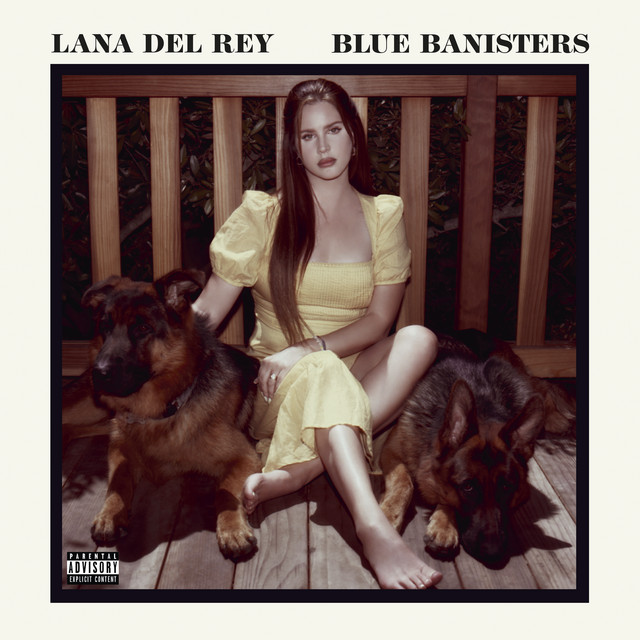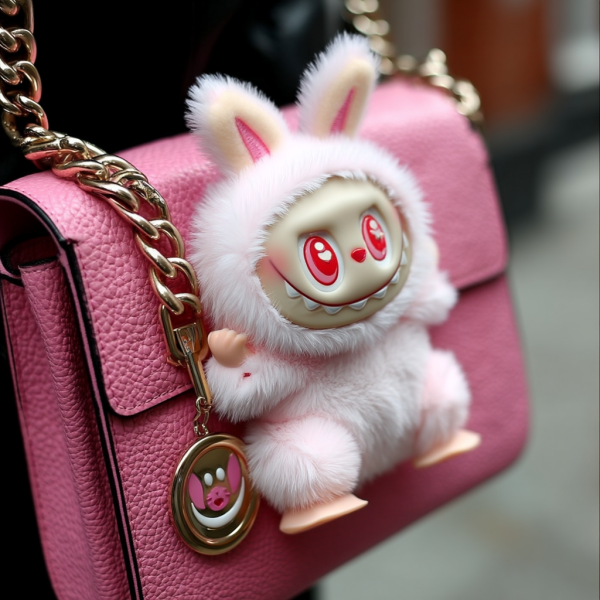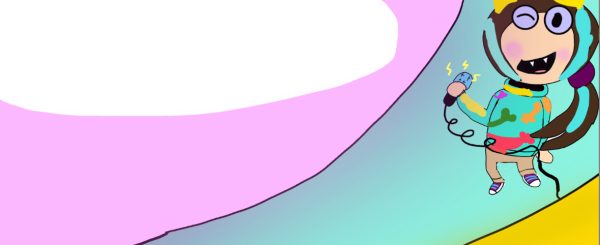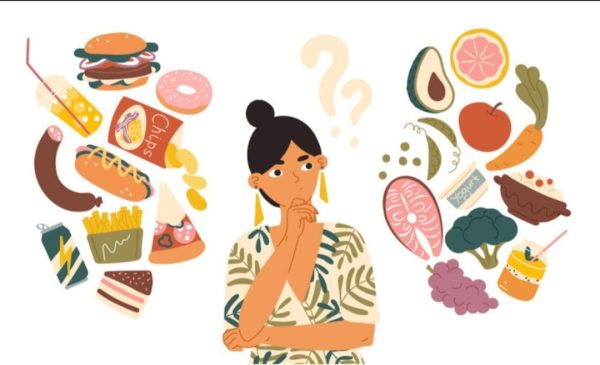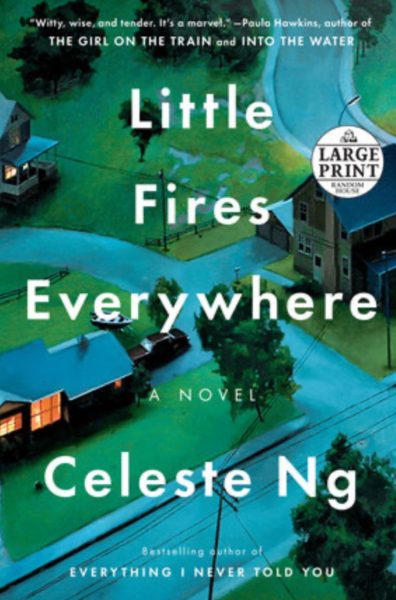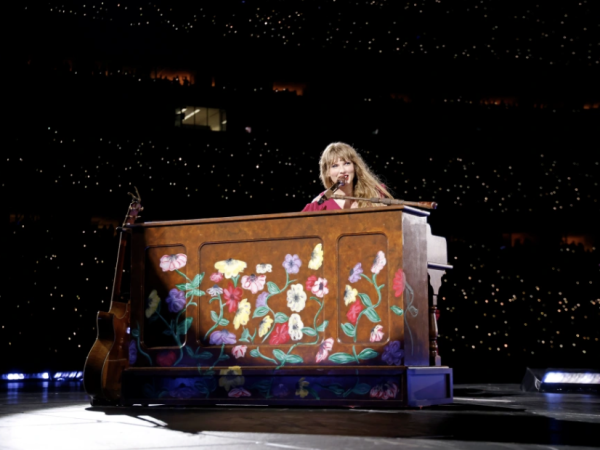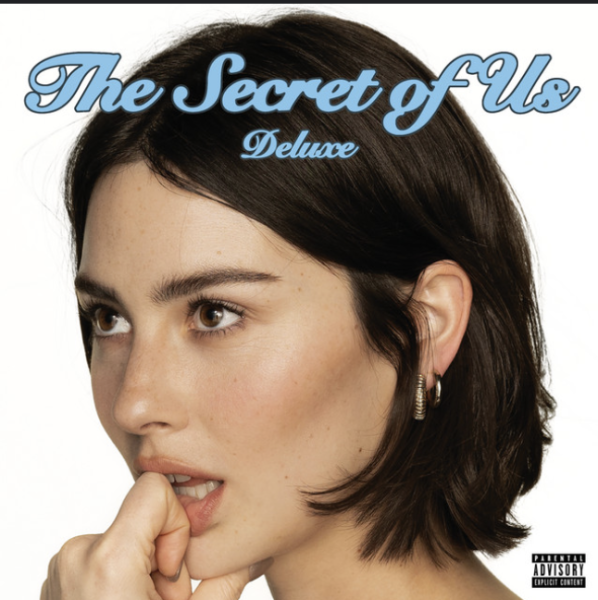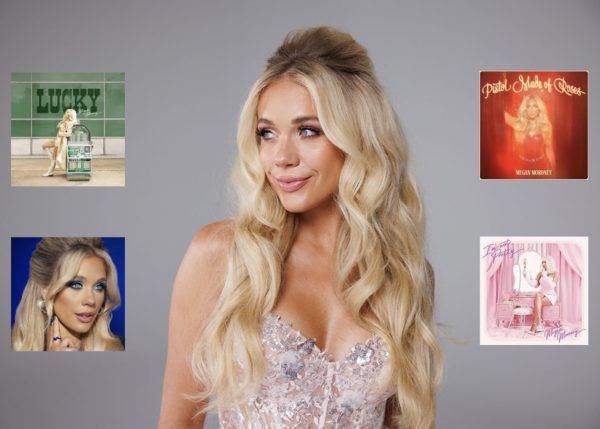Lana Del Rey’s Blue Banister Album
Cover of Lana Del Rey’s new album, “Blue Banisters.”
The sad, gentle color of blue always stood out to Lana Del Rey. This color has been connected with the singer’s identity and a description for her releases since her 2012 album, Born to Die. Lana has written about blue jeans, drugs, skies, waves, and now banisters.
All of the calmness, happiness, heartbreak, and vulnerability highlighted in the new album, Blue Banister, is best described by blue. This color, on the other hand, is associated with a lot more than just objects. She embraces the color as a descriptor of her identity as it appears in one of her album titles for the first time.
Blue Banisters, Lana Del Rey’s second album of the year, shows her on the other side of the free-spirited romantic ecstasy she portrayed in March’s Chemtrails over the Country Club. Blue Banisters is as lovely and heartbreaking as any of her previous albums.
Del Rey’s lyrics are as heavy and poetic as ever on this album. Her romanticization of America and Old-Hollywood aesthetics have dwindled in recent years as the country has gotten increasingly chaotic, but she boldly accepts who she is: as a single woman trying to love herself after a breakup.
The new album also features a few songs from nearly decade old recording sessions, as well as references to the pandemic and current events. It’s also been compared to a scrapbook of old and fresh memories coming together to form a cohesive whole.
If you thought Chemtrails over the Country Club was the only time Lana Del Rey would write songs with a folkier vibe, you were mistaken. Del Rey is ready to go even further down that path in the opening track of Blue Banisters.
“Text Book” features her making fun of herself once she becomes single, referring to herself as a textbook case of problems, but the part that takes you off surprise is the track’s pace shifting from frenetic to slow.
The song transitions from minimal, dramatic guitar strums to soft rock before settling down to the folk-rock sound that it began with. Del Rey’s vocals are stunning and establish the album’s stories.
She promises us that she can turn heartache into creativity in the track “Beautiful.” “I have the ability to transform the color blue into something lovely,” she says. Lana specializes at analyzing a breakup by extracting as much tragedy as she can from a failing relationship.
As the album progresses, she sees a partner transform into “Mr Brightside” at events, warm and whiskey-breathed in “Thunder.” As the song continues, she becomes increasingly agitated with him, pleading with him to end the relationship before it worsens. This album has a more raw feel, particularly with her furious screams in “Dealer.” This shift might be due to the album’s new co-writers, instead of Jack Antonoff, who also worked on Chemtrails Over the Country Club.
However, there are some songs that sound similar to her previous work. The track, “Thunder,” has an orchestral elegy that sounds like the opening of the “Born to Die.” She slips back into the high, breathy voice she used for much of Chemtrails but also dips into her lower register, which is much more familiar for listeners
Lana Del Rey revealed another layer of her impressively distinct talent with this new album. Her vocals are more vocally dynamic and more powerful than ever, with fifteen heart-felt tracks that play musical poetry upon the soul and offer a drastically different part of life.


